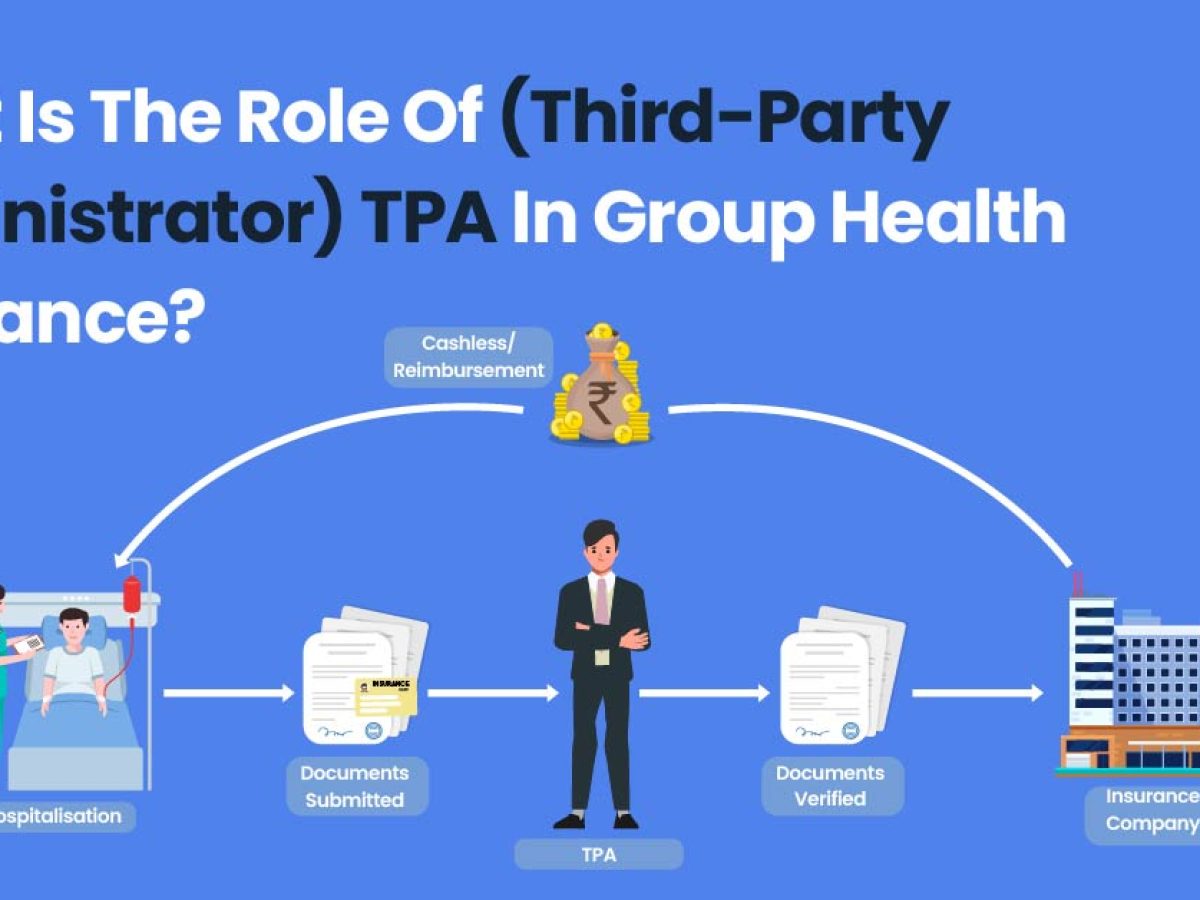The 2-Minute Rule for Pacific Prime
The 2-Minute Rule for Pacific Prime
Blog Article
The smart Trick of Pacific Prime That Nobody is Discussing
Table of ContentsAll About Pacific PrimeThe 6-Minute Rule for Pacific PrimeA Biased View of Pacific PrimeUnknown Facts About Pacific PrimeAll about Pacific Prime

This is due to the fact that the data were collected for a duration of strong economic efficiency. Of the approximated 42 million people that were uninsured, just about about 420,000 (regarding 1 percent) were under 65 years old, the age at which most Americans end up being qualified for Medicare; 32 million were adults between ages 18 and 65, around 19 percent of all grownups in this age; and 10 million were youngsters under 18 years of age, regarding 13.9 percent of all youngsters (Mills, 2000).
These quotes of the variety of individuals uninsured are created from the annual March Supplement to the Existing Populace Study (CPS), performed by the Census Bureau. Unless or else kept in mind, nationwide estimates of individuals without medical insurance and proportions of the population with different kinds of coverage are based on the CPS, one of the most widely utilized resource of quotes of insurance policy protection and uninsurance prices.
How Pacific Prime can Save You Time, Stress, and Money.

Still, the CPS is specifically useful due to the fact that it generates yearly price quotes fairly swiftly, reporting the previous year's insurance protection estimates each September, and because it is the basis for a consistent set of quotes for more than 20 years, permitting evaluation of trends in protection over time. For these factors, in addition to the extensive usage of the CPS in various other research studies of insurance protection that exist in this record, we depend on CPS estimates, with limitations kept in mind.

The price quote of the number of without insurance individuals broadens when a population's insurance policy condition is tracked for numerous years. Over a three-year period starting early in 1993, 72 million people, 29 percent of the U.S. https://www.indiegogo.com/individuals/37416909. population, were without coverage for at the very least one month. Within a single year (1994 ), 53 million individuals experienced at the very least a month without protection (Bennefield, 1998a)
Six out of every 10 uninsured adults are themselves used. Although working does improve the likelihood that and one's member of the family will have insurance, it is not a warranty. Even participants of households with 2 full-time wage earners have nearly a one-in-ten chance of being without insurance (9.1 percent uninsured price) (Hoffman and Pohl, 2000).
The Only Guide for Pacific Prime
New immigrants represent a substantial percentage of people without wellness insurance policy. One analysis has attributed a considerable portion of the recent development in the dimension of the U.S. without insurance populace to immigrants that got here in the nation between 1994 and 1998 (Camarota and Edwards, 2000). Current immigrants (those that involved the USA within the past four years) do have a high rate of being uninsured (46 percent), yet they and their children make up just 6 percent of those without insurance policy across the country (Holahan et al., 2001).
The relationship between health and wellness insurance and access to care is well developed, as documented later in this phase. Although the relationship between health insurance coverage and health results is neither direct neither straightforward, a considerable medical and health and wellness solutions research literature links health and wellness insurance coverage to enhanced access to care, far better quality, and improved personal and populace health and wellness status.
Degrees of analysis for checking out the impacts of uninsurance. This discussion of medical insurance protection focuses mainly on the united state population under age 65 because virtually all Americans 65 and older have Medicare or various other public coverage. It concentrates particularly on those without any health and wellness insurance for any type of size of time.
Get This Report on Pacific Prime
The issues faced by the underinsured are in some areas comparable to those dealt with by the uninsured, although they are generally less severe. Wellness insurance, nevertheless, is neither necessary neither sufficient to get access to clinical services. The independent and direct result of wellness insurance policy coverage on accessibility to wellness solutions is well established.
Others will get the healthcare they need also without health and wellness insurance policy, by paying for it out of pocket or seeking it from service providers who supply care totally free or at very subsidized rates. For still others, medical insurance alone does not guarantee receipt of care because of various other nonfinancial obstacles, such as an absence of health and wellness treatment carriers in their neighborhood, limited access to transportation, illiteracy, or linguistic and cultural distinctions.
More About Pacific Prime
Formal research study regarding uninsured populaces in the United States dates to the late 1920s and very early 1930s when the Board on the Expense of Medical Care created a series of reports regarding funding medical professional office brows through and hospitalizations. This concern ended up being significant as the numbers of medically indigent climbed find during the Great Anxiety.
Report this page